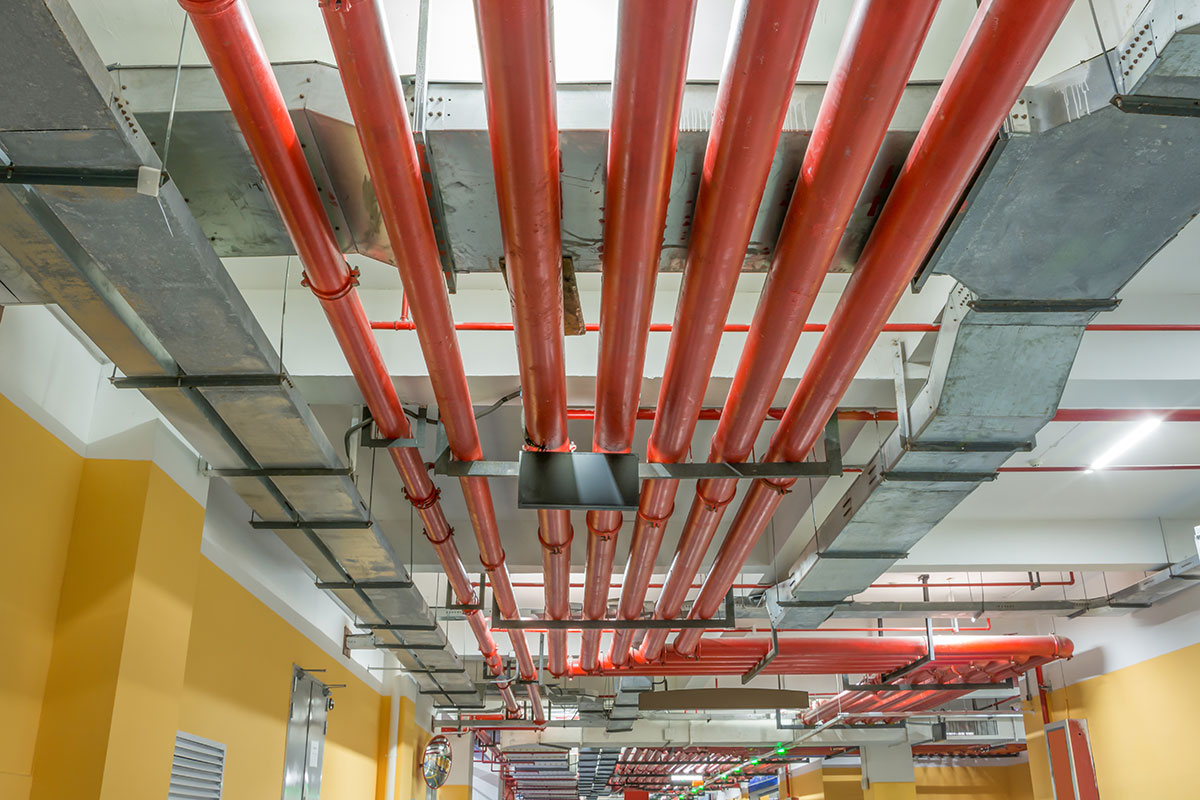Safety from fire hazards relies on robust systems and skilled individuals. Automatic fire suppression technologies and emergency response drills are key components for minimizing fire damage.
Sprinklers work to contain fires automatically, trained fire brigades step in to handle complex situations. Together, this dual strategy minimizes risks.
The Basics of Fire Suppression Technology
Fire sprinklers work to contain fire spread. Responding to rising heat levels, they spray water to the source of the flames.

Primary benefits to use automatic suppression systems include:
- Fast response: Minimizes damage.
- Automatic functionality: Reduces reliance on human action.
- Localized activation: Limits water waste.
chuveiro sprinkler
The Role of Fire Brigade Training in Fire Safety
Preparedness programs for fire teams trains personnel to manage fire incidents. While sprinklers handle the initial response, well-prepared teams are necessary.

These training sessions teach the following areas:
- Fire prevention awareness: Recognizing common fire hazards.
- Emergency exit planning: Reducing panic during emergencies.
- Practical fire suppression techniques: Becoming skilled in fire management.
How Sprinkler Systems and Fire Brigade Training Work Together
Automatic suppression technology and human preparedness form a comprehensive fire safety approach. Advanced systems tackle the early stage, emergency crews provide on-the-ground action.

The combination of these tools enhances emergency response efforts for residential buildings, commercial spaces, and large-scale facilities.
Why Both Sprinklers and Training Are Essential
A comprehensive fire safety plan balances automated tools and human preparedness. Sprinkler systems control fires quickly, while emergency drills complements the system’s capabilities.
Take action to improve fire protection now by scheduling fire brigade training. Advanced tools and skilled teams make all the difference!